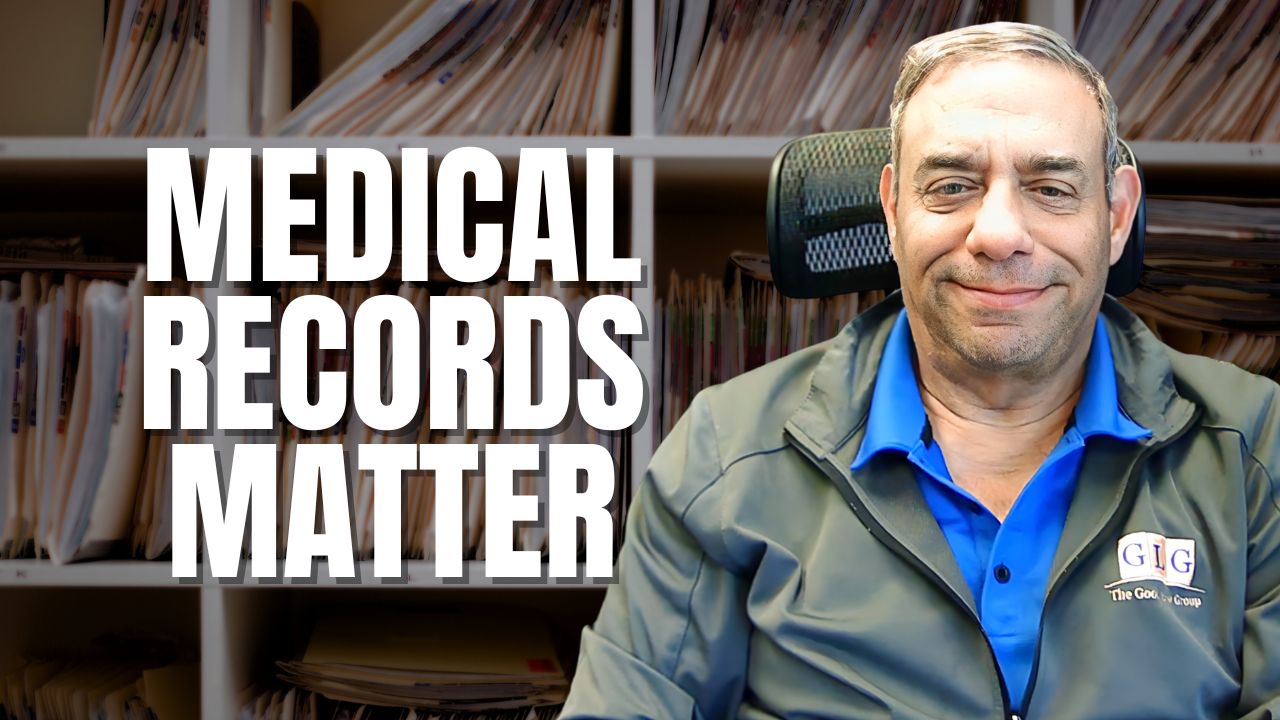Eligibility for benefits for your SSD case is based on having a disability that has lasted, or is expected to last, at least 12 months (or result in your death) and prevents you from working. A small minority of applicants will qualify based on meeting the disability-specific criteria established in the SSA bluebook. The blue book is a list of more than 100 disabling conditions that automatically qualify an applicant for SSD benefits.
The majority of applicants, however, will qualify by proving that their medical condition, though not listed in the blue book, is equal in severity to one of the listings, or by showing that their residual functional capacity – what they are able to do despite the disability – interferes with their ability to perform work-related functions. For these applicants, careful documentation of how the disability interferes with your activities of daily living, particularly as they relate to work-related tasks, can be enormously helpful in proving the extent of your disability. Here are some things you should document daily to help improve the chances that your benefits for your SSD case are approved.
- A difficulty with physical exertion. Take note of difficulties with activities that require physical exertion, such as walking, sitting or lifting. Note how many minutes you can sit before you have to change positions, how far you can walk before needing to take a break, and any limitations on lifting, such as weight restrictions or limits in mobility (i.e., you cannot bend to pick anything up off the floor, or you cannot lift any higher than mid-body). If you need to use a cane or other assistive device to help you walk, note how frequently you must use it, how you handle uneven terrain, and any limitations it exposes on far you can travel.
- Fine motor difficulties. Most jobs require fine motor skills, and any decrease in those skills would make it difficult to perform normal job tasks, such as typing, filing or sorting. Make sure to document any difficulties you have using your hands or fingers, such as a decrease in words per minute typing, an inability to grasp and release papers, trouble with repetitive motion tasks, and any pain, cramping or other sensations experienced when doing such tasks.
- Comprehension and communication difficulties. Holding down a job if you’re unable to remember what your supervisor told you to do or formulate thoughts to share with customers or co-workers is difficult, if not impossible. Take note of any difficulties you may have understanding, remembering or carrying out instructions, issues with concentration, or any incidents where you responded inappropriately to co-workers or customers. If clients, co-workers or employees have pointed any of these issues out to you, or if performance evaluations contain specific incidents, include them in your daily notes.
- Difficulty adapting to the environment. Make note of any problems you have adjusting to temperatures changes, if you feel ill when exposed to fumes, or if you experience issues when exposed to loud noise, i.e., you get headaches, feel panicky or anxious, or easily startle. If you have a job that requires frequent travel, even if it’s only to different job sites or other offices in town, document any problems you encounter when moving from place to place, such as feelings of disorientation or anxiety.
- Pain levels. Pain is subjective – what registers as an 8 to one person could be a 3 to another – so reports of an applicant’s pain level aren’t normally used to prove disability. But that doesn’t mean it can’t be helpful. Taken together with other evidence in the medical record, daily records of your pain levels can show patterns, consistency in pain (or even that the pain is so random, trying to accommodate it in the normal work environment would be difficult), and/or an increase in intensity.
Are you applying for Social Security Disability Benefits and confused by the documentation involved in the process? Consider the Good Law Group for your representation. Call #(847) 577-4476 or complete an online case evaluation today.









